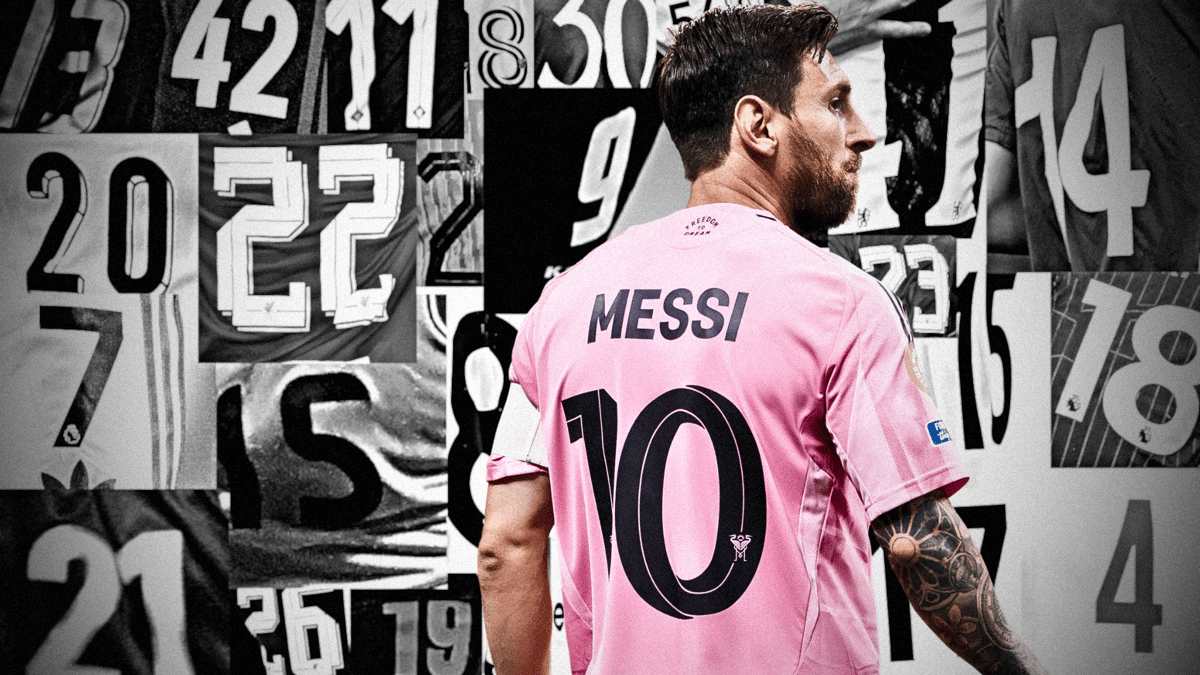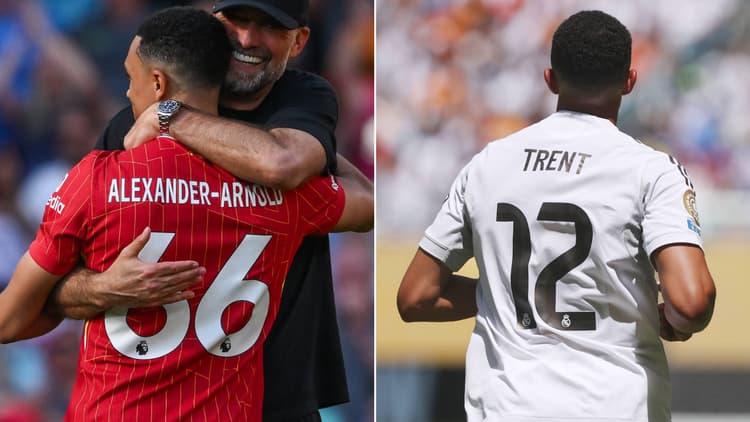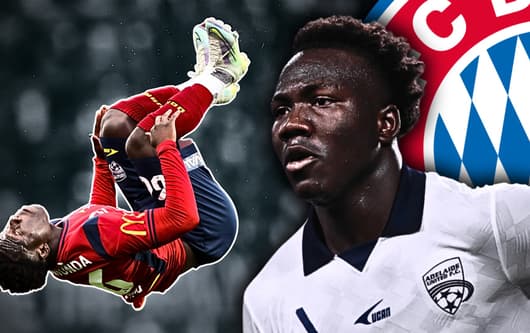- 17 Apr 2024
A-League star's unusual kit number goes viral and sparks hilarious debate

Brisbane Roar goalkeeper Macklin Freke has gone viral on social media for his unusual choice of kit number.
The 26-year-old shot-stopper is in his eighth senior season with his hometown club, but it is shaping up to be a difficult campaign for him. Freke has been supplanted by veteran goalkeeper Dean Bouzanis, who has returned to Australia after five years in England.
To make matters worse, the new signing has immediately been given the No.1 shirt, forcing Freke to change his kit number - and his choice is a rather unusual one.
Usually, backup goalkeepers have relatively high shirt numbers, such as 29 or 30. However, Freke has opted to take the No.11, traditionally reserved for attackers. If you can't have 1, why not pick the closest thing to 1, which is two 1s? It makes sense!
However, his selection hasn't gone unnoticed, and the official A-Leagues social media account has drawn widespread attention to what has been jokingly called "a crime against football."
A-League legends debate shirt numbers
Freke's kit number was a topic of discussion on the Total A-Leagues YouTube show, and it sparked a hilarious debate involving Australian icons Alex Brosque and Tommy Oar.
A-Leagues reporter Nalin Mastou kicked off the conversation by saying: "People are asking, 'Is the game gone? Is this a crime against football?' Where do we stand on keepers wearing a number between 2 and 11?"
"As the former Brisbane Roar No.11, I don't approve!" Oar responded before bursting out laughing. Long-time Sydney FC captain Brosque then argued that goalkeepers shouldn't be allowed to wear high kit numbers, unless they score goals like Paraguay legend Jose Luis Chilavert.
"Remember, Chilavert back in the day, Paraguay goalkeeper, he would come forward and score a free-kick on the odd occasion," Brosque said. "I think if you're scoring goals, take whatever shirt number you want. If you're a goalkeeper, 11 is not good."
This prompted the official Brisbane Roar account to chime in and comment on the video: "This is all a laugh for everyone until Macklin cuts in off the left and wallops one top bins from 35 yards against their team."
However, Freke isn't the only A-Leagues player with a strange number. Sydney Morning Herald journalist and host of the show Vince Rugari drew attention to the fact that former Golden Boot winner Daniel McBreen used to sport the No.2, which is usually worn by defenders.
"Without being disrespectful to defenders," Brosque replied, "if you watched him train, you could have mistaken him for one, so I think the 2 suited McBreen."
Inevitably, the conversation pivoted to Oar, who infamously wore 121 on his debut for the Socceroos in 2010, prompting Mastou to liken his number to a "postcode," leaving the crew in stitches.
"Well, it was assigned," Oar explained. "I didn't choose that, obviously. On Twitter, it often gets targeted at me that 11 times 11 is 121. I didn't know that, they told me."
Speaking to Sporting News in 2021, Oar said of his unusual number: "Well it wasn't only me that had a very strange number in that camp because I remember before the Asian Cup qualifiers began, I'm pretty sure that the FFA had to register any potential Australian player and give them a number that couldn't be changed.
"So I guess the numbers would have been registered one or two years before that, when I would have been 16 or something at the time. Yeah, so I would have been the 121st player registered, and then I guess when I was selected 12 months later, or whatever it was, the number couldn't be changed. So it's quite a funny story."
Do squad numbers matter in football?
It is perhaps fitting that Freke and Oar have become famous for wearing unusual digits on their kits because the first use of numbered shirts in football was actually recorded in Australia in 1911.
Traditionally, shirt numbers of 1 to 11 have denoted the positions on the field. However, there have never been any universal rules for numbered shirts in football. Indeed, even the 'traditional' numerals have varied from country to country throughout the history of the game.

The numbers generally associated with defensive players, for example, used to differ significantly in various footballing cultures. In England, the No.6 is customarily that of a defensive midfielder, while it is the No.4 in other countries.
Nowadays, players are mostly free to choose whatever squad number they want, although some countries have stricter limitations than others. A notable recent example is that of Trent Alexander-Arnold.
The Liverpool homegrown used to wear the unique No.66 during his time at Anfield, but he had to swap to the much more common No.12 after joining Real Madrid in the summer because of club policy and LaLiga rules on numbers for senior players.
The FootballTransfers app
Check out FootballTransfers' new app for all of football's big storylines, transfer rumours and exclusive news in one convenient place directly on your mobile device.
The FootballTransfers app is available in the Apple App Store. Download here:













